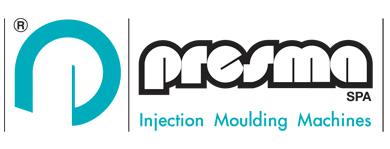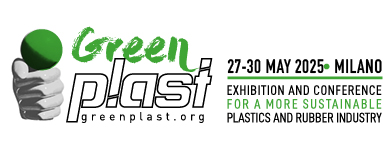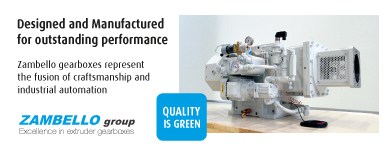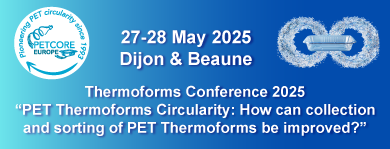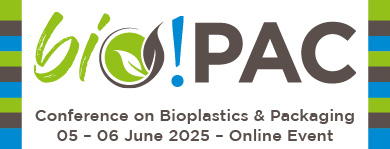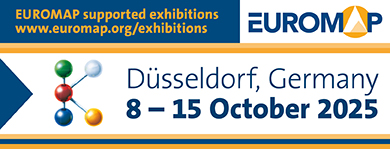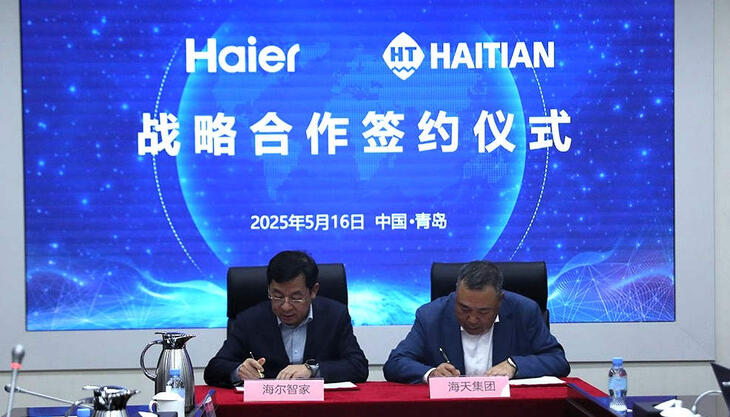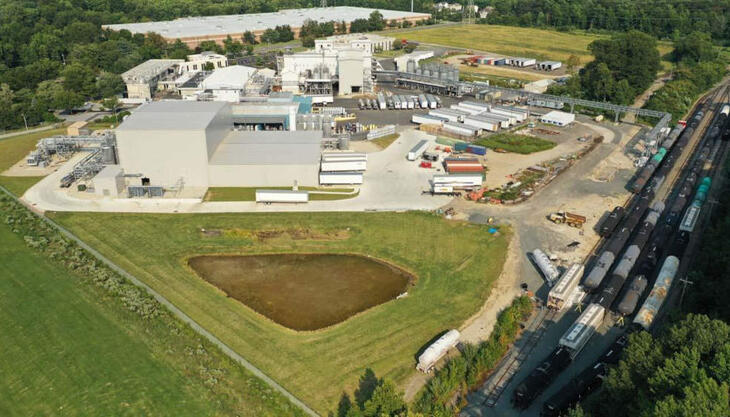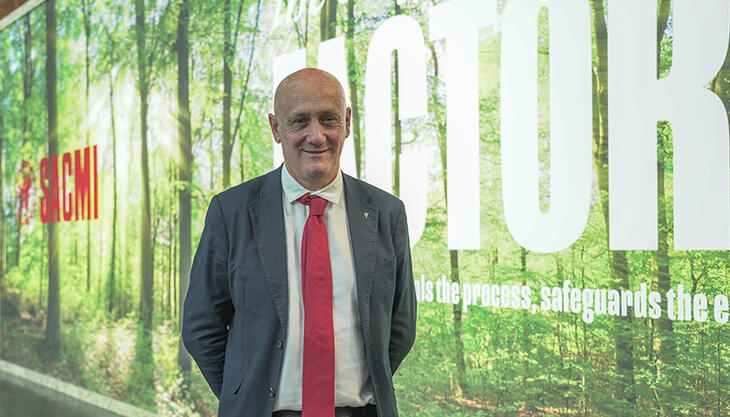Riccardo Comerio Commemorates 140 Years of Comerio Ercole with a Book
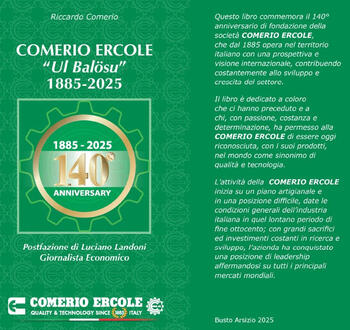
Titled “Comerio Ercole ‘Ul Balösu’ 1885-2025”, the book written by Riccardo Comerio commemorates the 140-year history of Comerio Ercole, the company he leads as CEO. Founded in 1885, Comerio Ercole’s story is traced over 272 pages through episodes, anecdotes, human stories, technological milestones, and future visions that have shaped it into a deeply rooted enterprise with a global outlook. The result is a narrative where tradition and innovation merge in the daily commitment that has led the Busto Arsizio-based company (in the province of Varese) to export 94% of its industrial production – thanks above all to what has always been considered its most valuable asset: its people. Today, the group employs 250 staff.
It all began in 1885 when Ercole Comerio (1860-1947), affectionately nicknamed “Ul Balösu”, launched his entrepreneurial venture and married Teresa Marcora (1866–1952). From there began a long industrial and family legacy, year by year enriched by a virtuous blend of experience and innovation.
“Our corporate DNA is built on a deep respect for tradition and a constant drive towards the future, in a process of evolution that never stops. Every day we face difficult and stimulating challenges that push us to improve,” says Riccardo Comerio. “The entrepreneurial example of Comerio Ercole is highly motivating, especially for young people, who now more than ever need concrete signals based on expertise, passion, and vision,” adds Luciano Landoni, financial journalist and author of the book’s afterword.
This important anniversary will be marked by an event on 6 June at the Comerio Ercole headquarters in Busto Arsizio. The company will open its doors to local institutions, stakeholders, and the press, presenting two major developments: the launch of a new universal Industry 5.0 work centre and the expansion of its technological research and development centre. This latter facility, which already includes two laboratories dedicated to calendering and mixing, will now be enhanced with two new experimental machines – one for each process – featuring an innovative longitudinal stretching unit for thin sheets. The main laboratory serves as a "mini-factory", equipped with a four-roll calendering line that can also be configured with three or five rolls depending on the technological needs of the process. The plant features a dual feed system with direct extrusion or roll mixing, and now also includes an internal mixer. The second laboratory hosts a calendering line for developing embossing processes for films and non-woven fabrics, with the ability to select up to 100 different designs to enhance all types of material.




